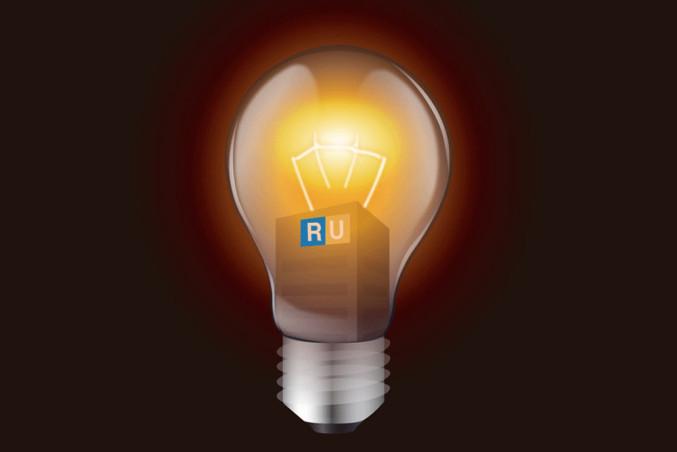By Latifa Abdin
After graduating in late December, Eric Strohm became the first PhD graduate from Ryerson’s faculty of science.
The doctorate in biomedical physics, one of three PhD programs launched by the faculty in 2011, is a milestone for Ryerson’s newest department.
There are currently 17 PhD and 20 M.Sc. students in biomedical physics at Ryerson – one of only three Commissions on Accreditation of Medical Physics Educational Programs in Ontario.
Strohm’s research aims to use highly focused sound and light waves to identify and differentiate various cells in the blood.
“He was looking at being able to characterize whether blood cells are healthy or diseased,” Carl Kumaradas, the graduate program director for biomedical physics, said.
“Our idea is to use the sound waves to classify the different types of cells in the blood and use it as an early detection system for cancer,” Strohm said. “No one has done [this] before.”
Strohm’s primary tool is an acoustic microscope, a device specially adept at picking up unique sound waves. According to Strohm, when light collides with blood cells their temperature increases and they create a unique sound wave that can be detected by the microscope.
The research triggered a wave of coverage in the scientific community after it was published.
“The latest research we did was picked up by Scientific American and Science and Nature – it was a big media storm,” Strohm said.
Strohm’s current lab is in Kerr Hall. But on account of limited space in the building, his lab will be moving to St. Michael’s Hospital, which will provide him with more modern accommodations.
Another reason for the move is the need for a clinical setting that will propel his research into its next stages.
“One of the big things is that we will be in close contact with a lot of the medical doctors and other researchers [who] operate at [St. Michael’s Hospital]. There is a lot more potential for collaboration and since we’re eventually going to take this into a clinical test, we will have all these doctors present [who] will help us with that,” Strohm said.
Ryerson entered a partnership with St. Michael’s in November, providing students like Strohm with 22,000 sq. feet of open lab space.
In the future, such moves will be unnecessary since Ryerson plans to build the faculty of science its own building in the next decade.
The parking lot located at the intersection of Jarvis and Dundas streets and a building over from the the International Living and Learning Centre is set to become home to the faculty of science in the future.
“The government knows [and] the university knows that it is the university’s highest capital priority and that’s one of the reasons why we secured the [parking lot] so we could build it,” Ryerson president Sheldon Levy said.










Leave a Reply